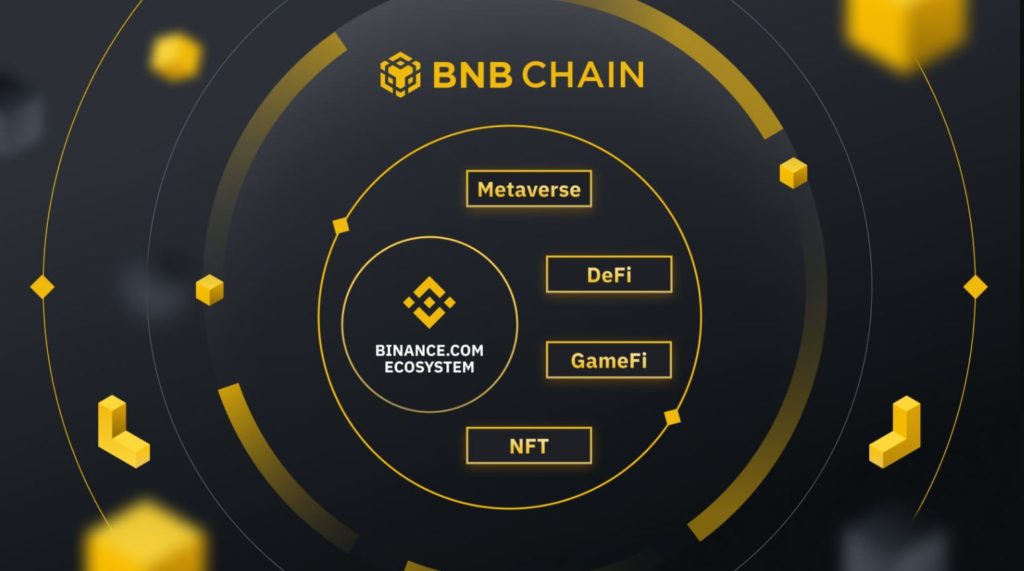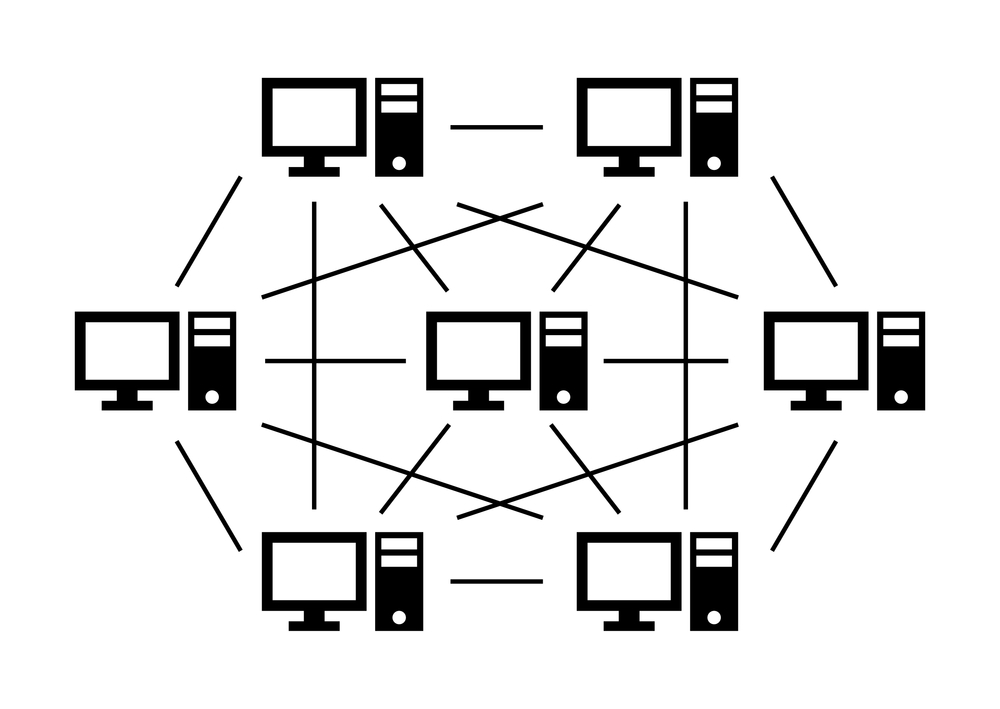Chainlink is a decentralized oracle network that aims to bridge the gap between blockchain-based smart contracts and real-world data. Chainlink’s native token, LINK, plays a crucial role in its ecosystem, incentivizing network participants and ensuring the integrity of the oracle services. In this article, we’ll delve into the fundamentals of Chainlink, its use cases, and how it has revolutionized the blockchain industry.
Understanding the Role of Oracles in Blockchain
To comprehend the significance of Chainlink, it’s essential to understand what an oracle is and why it’s necessary for blockchain networks. Oracles are third-party services that provide external data to blockchain-based smart contracts. Since blockchains are designed to be isolated and secure environments, they cannot access off-chain information directly. This limitation hinders their ability to interact with the external world.
Oracles solve this problem by fetching, verifying, and delivering real-world data, such as weather information, financial market prices, or sports scores, to smart contracts. This data allows smart contracts to execute specific functions based on real-world events, making them significantly more versatile and functional.
What is Chainlink?
Chainlink was launched in 2017 by Sergey Nazarov and Steve Ellis to address the “oracle problem”—the challenge of integrating off-chain data into on-chain smart contracts in a secure and decentralized manner. Chainlink’s unique architecture and decentralized network of oracles have made it a go-to solution for integrating real-world data with blockchain-based systems.
Key Features of Chainlink
- Decentralized Oracle Network: Unlike centralized oracles that rely on a single source of truth, Chainlink uses multiple oracles to ensure data accuracy and prevent manipulation or single points of failure.
- Data Integrity and Security: Chainlink’s oracles are incentivized with LINK tokens to provide reliable data. The network also implements a reputation system where oracles with a history of providing accurate data are prioritized.
- Cross-Chain Compatibility: Chainlink can interact with multiple blockchains, making it a versatile solution for various decentralized applications (DApps) across different platforms.
- Off-Chain Reporting (OCR): This feature enables oracles to aggregate data off-chain before reporting it on-chain, reducing gas fees and increasing efficiency.
- Verifiable Random Function (VRF): Chainlink VRF is a feature that provides verifiable randomness for use in applications like gaming, lotteries, and more.
How Does Chainlink Work?
Chainlink operates on a network of node operators that are responsible for fetching and delivering data. The process can be broken down into three main steps:
- Data Request: A smart contract on the blockchain requests specific external data, creating a “requesting contract.”
- Data Aggregation: The Chainlink protocol receives the request and forwards it to multiple independent oracles. Each oracle retrieves the required data from off-chain sources and submits it back to the network.
- Data Validation and Delivery: Chainlink aggregates the responses from the oracles, verifies the accuracy of the data, and then delivers the final, validated data to the requesting smart contract.
This multi-oracle system ensures that the data is reliable and not manipulated by any single entity.
Use Cases of Chainlink
Chainlink’s robust oracle network has found applications in a wide range of industries, enhancing the capabilities of smart contracts in several ways. Some notable use cases include:
1. Decentralized Finance (DeFi)
Chainlink’s oracles are widely used in DeFi platforms to provide accurate price feeds for various cryptocurrencies. This ensures the proper functioning of DeFi protocols like lending, borrowing, and derivatives trading. For instance, DeFi platforms like Aave and Synthetix use Chainlink oracles to determine asset prices and maintain collateral ratios.
2. Insurance
In the insurance industry, smart contracts can automatically settle claims based on real-world events, such as weather data. Chainlink oracles fetch this data and feed it into the smart contract, which then verifies the event and triggers the payment of the insurance claim.
3. Gaming and NFTs
Chainlink’s VRF feature provides verifiable randomness, which is critical for creating fair and transparent gaming environments. NFT projects also use Chainlink’s oracles to generate randomness for unique attributes or traits in collectibles.
4. Supply Chain Management
Chainlink oracles can track the movement of goods in a supply chain and record data like temperature, location, and timestamps. This information is crucial for ensuring product quality and traceability.
Chainlink’s Architecture and Tokenomics
Chainlink’s architecture consists of on-chain and off-chain components that work together seamlessly. The on-chain component includes smart contracts deployed on various blockchains, while the off-chain component comprises oracle nodes that interact with external data sources.
Chainlink’s Token: LINK
LINK is an ERC-677 token (a derivative of ERC-20) used to pay for services within the Chainlink ecosystem. It serves several purposes:
- Node Operator Payments: LINK tokens are used to compensate node operators for providing data services. Node operators must also stake LINK as collateral to guarantee the quality of their services.
- Incentives: Oracles are rewarded in LINK tokens for their contributions to the network, which incentivizes them to provide accurate and reliable data.
- Governance: In the future, LINK holders may participate in the governance of the Chainlink network, voting on protocol upgrades and changes.
Why is Chainlink Important?
Chainlink has established itself as a critical infrastructure for the growth of decentralized applications and blockchain technology. By providing secure and reliable data to smart contracts, Chainlink has opened up new possibilities for automation and innovation across various sectors. It enables smart contracts to interact with the real world, making them more applicable in everyday use cases.
Moreover, Chainlink’s decentralized approach to data provision makes it resistant to censorship and manipulation, a critical feature for maintaining trust in blockchain systems.
Challenges and Future Outlook
While Chainlink has made significant strides, it also faces challenges such as competition from other oracle networks like Band Protocol and scalability issues as demand for data increases. However, the ongoing development of features like the Cross-Chain Interoperability Protocol (CCIP) and collaborations with major players like Google Cloud and Oracle indicate a bright future for Chainlink.
The integration of Chainlink oracles into traditional systems and the broader blockchain ecosystem is expected to accelerate as more industries recognize the value of reliable and decentralized data.
Conclusion
Chainlink is more than just a cryptocurrency project—it’s a vital technology that enhances the capabilities of blockchain networks by enabling them to interact with real-world data. Its decentralized approach, secure architecture, and versatile use cases have made it a cornerstone of the DeFi space and beyond. As the demand for blockchain-based automation and decentralized systems grows, Chainlink’s role as the leading oracle provider is set to expand, potentially redefining the future of smart contracts and decentralized applications.





